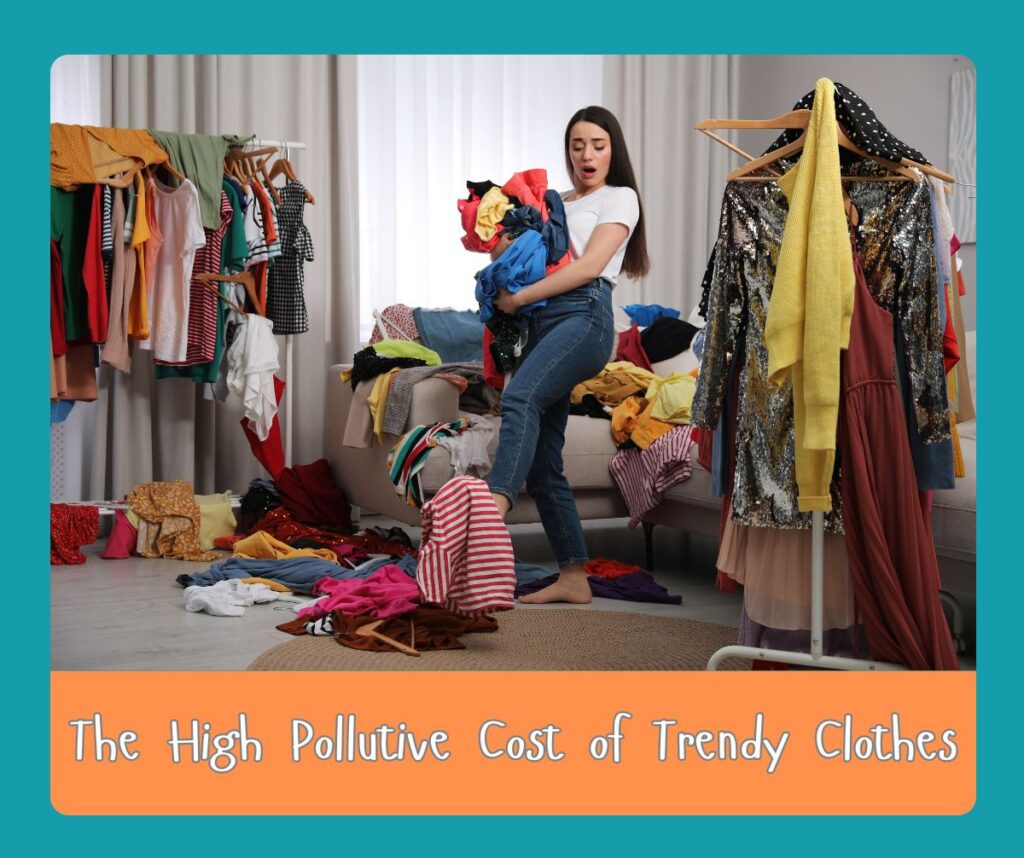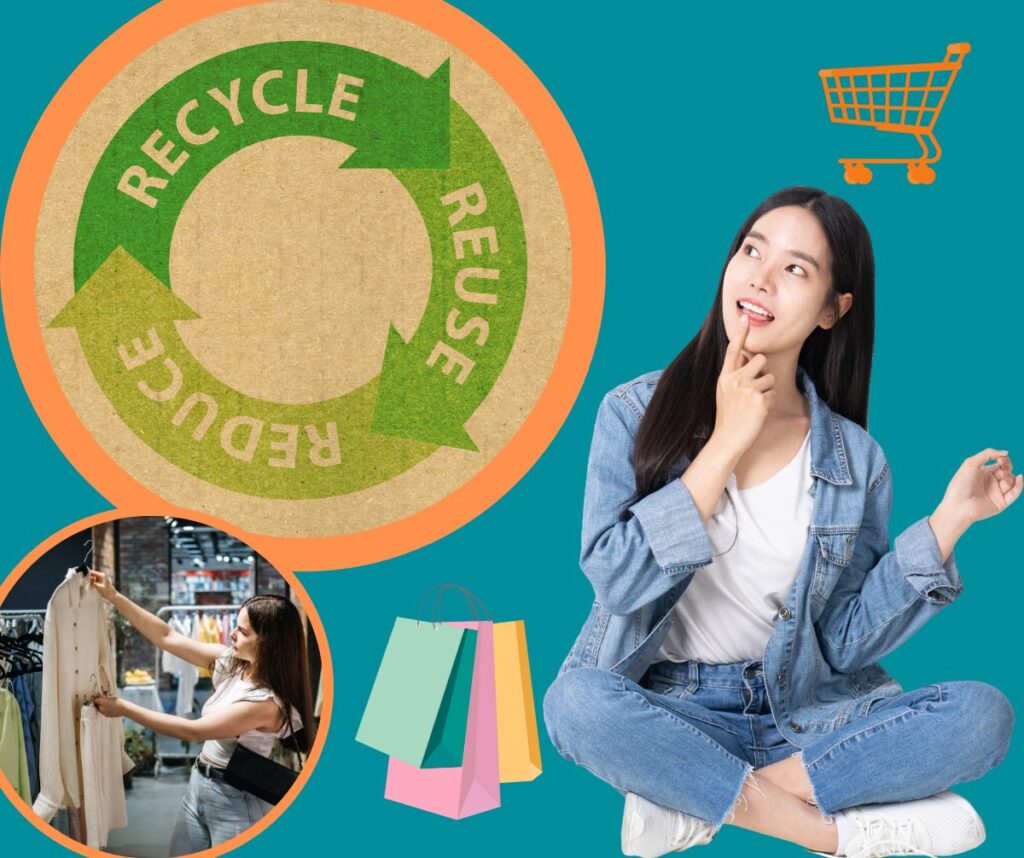In the dazzling world of fashion, where trends come and go with the seasons, there lies a less glamorous reality often hidden from the public eye.

Have you ever wondered what the true cost of your latest wardrobe addition is? Not the price tag, but the environmental toll it takes to bring those trendy clothes to your closet.
Fast fashion’s allure is undeniable. It offers the latest styles at affordable prices, but this convenience has a significant environmental cost. The fashion industry is a major player in global pollution, second only to the oil industry.
From the water used in cotton production to the release of untreated dyes into rivers, the cycle of creating, buying, and discarding clothes is a heavy burden on our planet.
The Water Waste and Chemical Use
Consider this: it can take over 2,000 gallons of water to make a single pair of jeans. That’s enough water for one person to drink for seven years! Besides water consumption, the use of hazardous chemicals in dyeing and treatment processes poses serious threats to both our health and marine life.

For instance, when you wash synthetic garments, tiny plastic fibres, known as microplastics, escape into the waterways, contributing to the growing problem of ocean pollution.
The Carbon Footprint of Trendy Garments
Carbon footprint is another hot topic when discussing Fashion’s Dirty Secret. The journey of a simple T-shirt, from a cotton field to a retail store, generates a considerable amount of greenhouse gases.
With the fashion industry contributing to around 10% of global carbon emissions, it’s clear that our clothing choices are not just about style but also about their impact on climate change.
The Ethical Aspect: Human and Environmental Cost
The ethical considerations in fashion production cannot be overstated. Labour practices in some manufacturing countries often involve poor working conditions and unfair wages.
Moreover, the environmental cost is borne disproportionately by these communities, where regulations may be lax, leading to devastating local pollution.

What can we do to mitigate these issues? We can start by making more conscious choices. Opting for sustainable brands, recycling and repurposing old clothes, and buying less but of better quality are steps in the right direction.
Remember, every purchase is a vote for the type of world you want to live in. Let’s choose wisely and pave the way for a more sustainable fashion future. Will you join the movement to make fashion less pollutive? Your planet, your choice.



